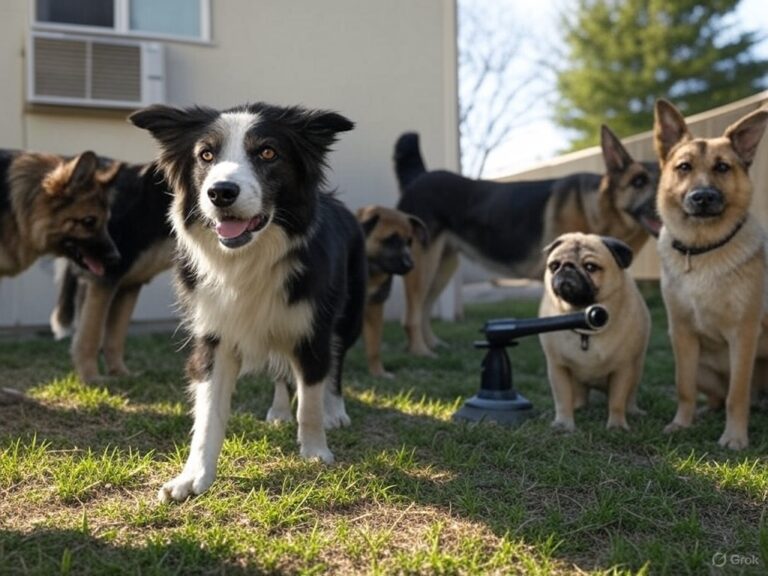Why Do Pugs Scream? Understanding This Unique Behavior

If you’ve ever heard your pug let out a high-pitched, almost human-like scream, you know how alarming it can be. While this behavior might seem dramatic or even concerning, pugs are known for their quirky and sometimes noisy personalities. So, why exactly do pugs scream, and what does it mean?
What Is a “Pug Scream”?
A “pug scream” is a distinctive, high-pitched vocalization that sounds surprisingly intense — almost like a mix of crying, wailing, and howling. Unlike typical barking or whining, this noise can be startling, especially for new pug owners.
The good news is that pug screams are usually not a sign of pain or danger. Instead, they’re often linked to excitement, fear, or frustration.
Common Reasons Why Pugs Scream
1. Excitement and Overstimulation
Pugs are social dogs that thrive on attention and interaction. When they’re overly excited — whether it’s greeting you at the door or anticipating mealtime — they may express their excitement through a scream.
2. Fear or Anxiety
Pugs can be prone to separation anxiety and may scream when they feel scared or unsure. Loud noises, unfamiliar environments, or sudden changes in routine can trigger this behavior.
3. Attention-Seeking Behavior
Pugs love being the center of attention, and some quickly learn that screaming grabs your focus. If your pug notices that screaming results in cuddles, treats, or playtime, they may repeat the behavior for attention.
4. Physical Discomfort or Pain
While pugs screams are usually linked to emotions, they can sometimes signal physical discomfort. If your pug suddenly screams while being handled or moving, it could indicate pain from an injury, joint issue, or underlying health condition.
5. Playfulness
Believe it or not, some pugs scream out of pure joy during play. Tug-of-war, zoomies, or a game of fetch may trigger this over-the-top vocal response.
6. Confusion or Frustration
Pugs are intelligent but sometimes stubborn. If they can’t figure something out — like how to reach a toy stuck under the couch — a scream may be their way of expressing frustration.
How to Respond When Your Pug Screams
While pug screams are often harmless, it’s important to respond appropriately to understand the cause and manage the behavior.
- Stay Calm: Reacting with alarm may unintentionally reinforce the behavior. Instead, respond calmly to avoid escalating the situation.
- Assess the Situation: Check for signs of distress, discomfort, or injury. If your pug appears hurt, seek veterinary care.
- Redirect Their Energy: If your pug screams out of excitement, redirect their energy with a toy or calming commands.
- Avoid Encouraging the Behavior: If your pug screams for attention, avoid rewarding the behavior with immediate cuddles or treats. Instead, reward calm behavior.
When to See a Veterinarian
If your pug’s screaming becomes frequent, sudden, or seems linked to pain or distress, it’s best to consult your veterinarian. Conditions like joint pain, breathing issues, or ear infections may contribute to unusual vocalizations.
Conclusion
Pug screams can be surprising, but they’re often just a quirky part of this lovable breed’s personality. By understanding the triggers behind your pug’s vocal outbursts, you can respond appropriately and ensure their comfort and happiness. With patience and consistency, you can manage this behavior while embracing all the adorable quirks that make pugs so special.






